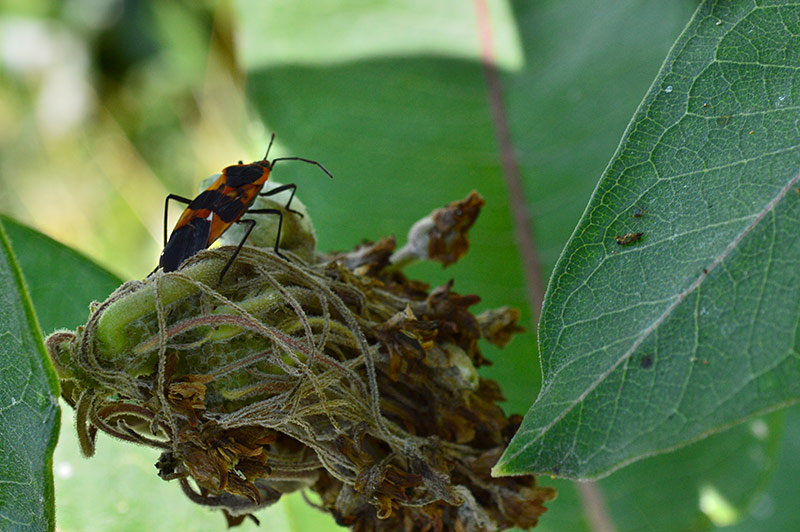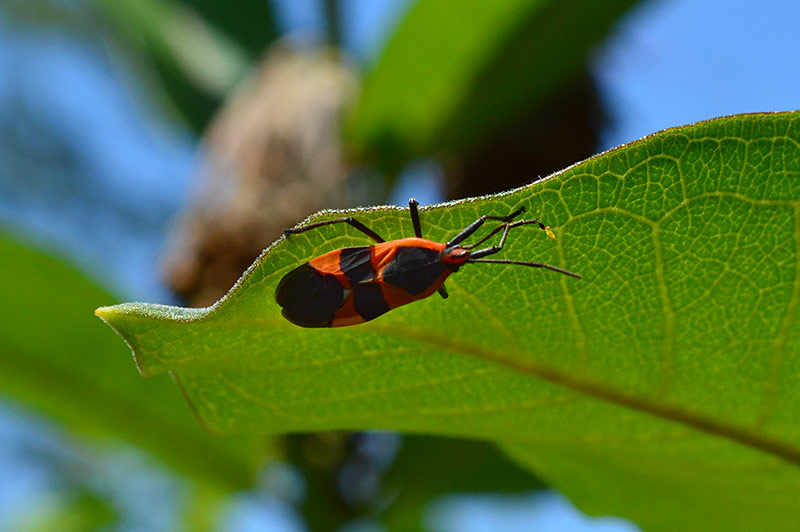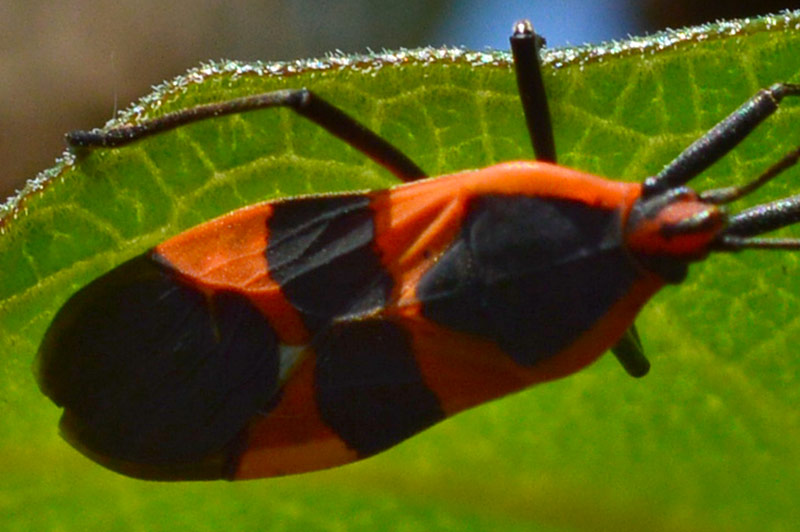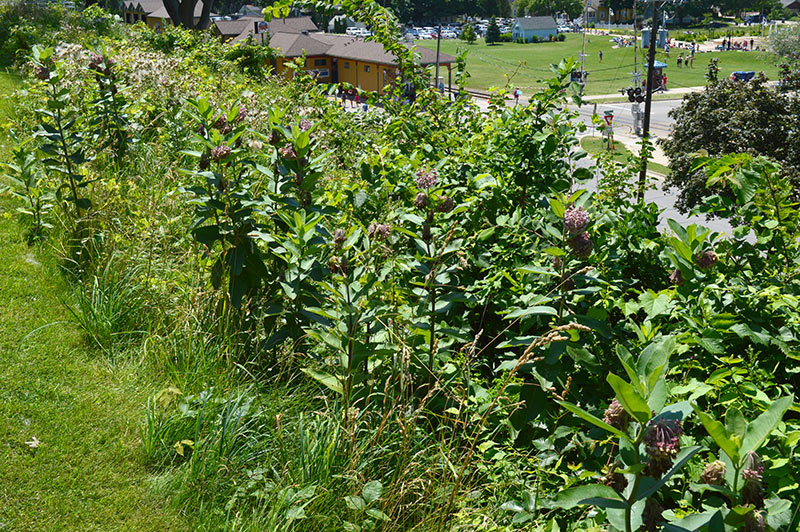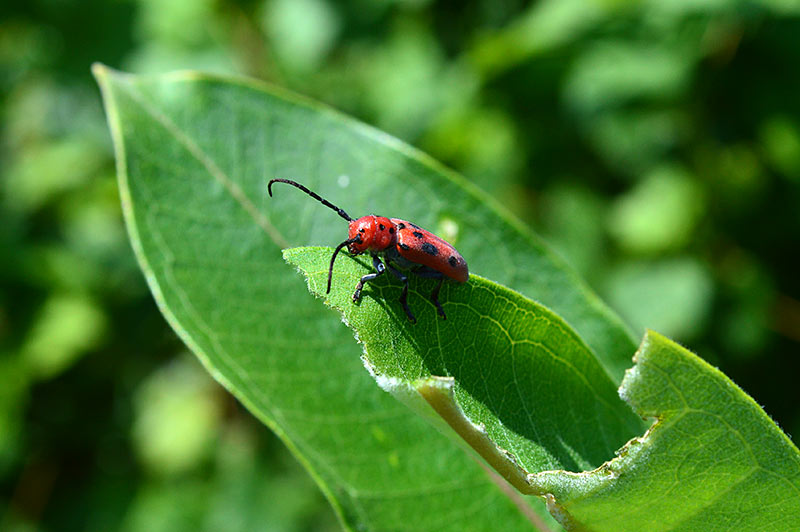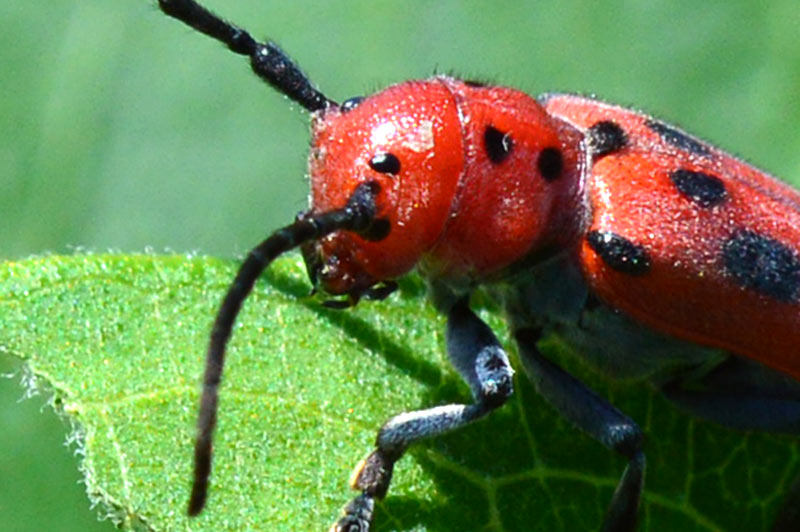Recently I was invited to visit Ms L’s garden so she could share with me her thoughts on some renovations she had in mind. I really enjoy visiting gardens, so I was pretty geeked to have been invited. She admitted due to a lack of time (you know that job-thing we all have to do?) the garden wasn’t looking how she’d like it to. Having recently retired, Ms L is ready to really dig in and whip the garden into shape. It seems now her largest challenge are the deer who aren’t as gracious as they should be considering the amount of her plants they consume. Since a 10ft high fence around the suburban corner lot isn’t really an option, I read up on suggested “deer-proof” plants.
Deer Proof Plants Don’t Exist
Yes, you read that right. No plant is deer proof. As suburbia creeps further and further into natural areas, habitat loss is an issue for a lot of wildlife. Deer are crowded out of their habitat, and pushed into home gardens. Something has to replace food they can no longer find, and boy your hostas look delicious. If its been a hard winter in our area and deer are hungry enough, they will eat any plant in the garden before starving.
Plants Deer Find Less Appealing
However, like your grandma’s marshmallow gelatin casserole, there are plants deer don’t find very appealing and would rather not eat unless necessary. According to an MSUE article Smart Gardening to Deter Deer, the animals “tend to be put off by fuzzy, coarse or “fern-like” foliage, and leaves or stems with strong odors or spines.” During the first season in the garden, these plants may suffer initial damage as they are taste-tested.
Deer Resistant Perennial Plants for Sun
The majority of Ms L’s garden is in full sun. She requested suggestions for perennial plants so she would not have to replant each year. Here are some plants I will be suggesting to add to her garden.
- Rockcress (Aubrietia deltoidea) – spring
- Lavender (Lavandula spp.) – summer
- Yarrow ( Achillea spp. ) – summer
- Lamb’s Ear ( Stachys byzantina ) – summer
- Threadleaf Coreopsis (Coreopsis verticillata) – summer
- Native Spicebush ( Lindera benzoin ) – spring
- Russian Sage (Perovskia atriplicifolia) – summer
- Rose campion (Lychnis coronaria) – summer
Deer Resistant Perennial Plants for Partial to Full Shade
- Bleeding Heart ( Dicentra spectabilis ) – spring
- Foam Flower (Tiarella cordifolia) – spring
- Lungwort (Pulmonaria spp.) – spring
- Barrenwort (Epimedium spp. ) – spring
- Snakeroot ( Cimicifuga racemosa ) – autumn
Deer Resistant Annuals
Ms. L also has many full sun raised beds, some of which she would like to dedicate to edibles. Here are some veggies and herbs that have a better chance of being passed over by deer.
- Hot Peppers ( Capsicum annuum )
- Cucumber ( Cucumis sativus )
- Nasturtium ( Tropaeolum majus )
- Most root vegetables
- Dill
- Chives
- Fennel
- Sage
- Thyme
- Mint
- Parsley
- Garlic
Resources:
Smart Gardening to Deter Deer
Deer Resistant Vegetables and Herbs
